
Transparent energy: Why do Moldova and Ukraine want to integrate their electricity markets?
Ukraine and the Republic of Moldova intend to create a single, integrated energy market. This will allow electricity to be bought and sold by all companies in the region according to the same rules, increase competition and transparency, and benefit consumers through competitive prices. Currently, both countries are undergoing a difficult process of reforming their domestic markets, and the Energy Community, in the framework of the EU4Energy programme, actively assists them with this. As a result, Moldova and Ukraine must enter the EU’s common energy market and join the European Network of Transmission System Operators for Electricity (ENTSO-E). According to experts, each country has its own difficulties, but it is thought that Cuciurgan Power Plant, whose activities are not sufficiently transparent, represents the most serious obstacle for integration.
What is energy market integration?
The integration of energy markets is partly a technical change, meaning electricity can be transferred through the grids of one system to another. However, the ultimate goal of integration is to create a single market with uniform rules relating to joining, participating in and leaving this market. As a result, uniform prices will be established in this competitive market.
What do the countries have to do?
As explained by Svetlana Karpishina, an expert at the Energy Community Secretariat, Ukraine and Moldova will have to harmonise their legislation and manage access to the international links of the electrical grids of both countries.
In practice, this means managing the operations of a single market operator. However, as it stands there is no market operator in Moldova. According to Viktor Parlikov, an energy sector expert and former head of the Moldovan National Energy Regulatory Agency, this is partly a good thing, because it will allow the creation of such an operator from scratch, according to European rules, rather than having to change how the existing operator works. “On the other hand, it is difficult, because there is no experience at all. For example, Ukraine has a certain market model, although it is designed for a single buyer,” he adds.
According to Karpishina, a coordinated approach is required. Moldova should put into operation a new market model no later than the commissioning of the cross-border Isaccea-Vulcanesti-Chisinau power line with Romania, the completion of which is planned for the end of 2020.
 Chisinau, Moldova
Chisinau, Moldova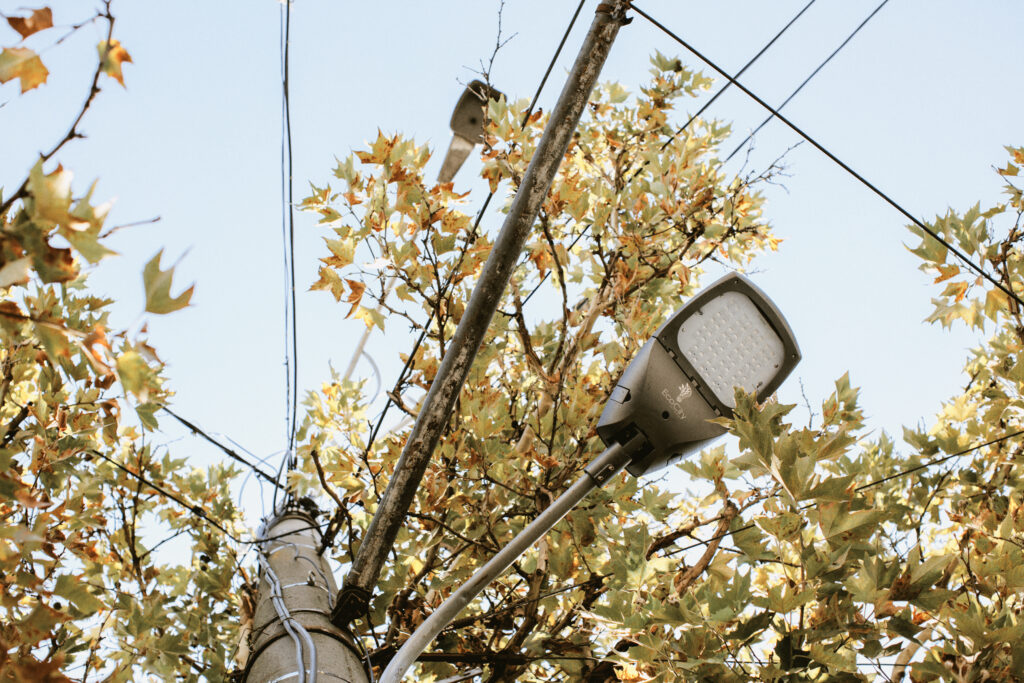 Street lighting in Chisinau, Moldova
Street lighting in Chisinau, Moldova Power poles
Power poles
Who is helping Moldova and Ukraine to integrate their markets?
The EU4Energy programme, which is funded by the EU and implemented by the Energy Community Secretariat, provides technical assistance to both countries in various fields. For example, it is helping develop a cross-border capacity management mechanism in accordance with the Energy Community acquis (involving joint auctions with the relevant transmission system operators), so that energy trade between the countries is fair and transparent.
Technical assistance from EU4Energy for Moldova aims at implementing day-ahead market rules. At the first stage, they should allow Moldova to import and export electricity from and to Ukraine during open auctions (organised in accordance with the Energy Community acquis) and, at a potential second stage, through closed auctions. EU4Energy will also help Ukraine to choose new software for this.
Are the countries already working together?
Yes. At the end of July, a joint meeting on this topic was held in Lviv. Its main goal was to bring together stakeholders and show them a vision for future regional cooperation between the countries. This meeting helped participants to identify the benefits of growing commercial cross-border flows and put this issue on the immediate agenda.
Tudor Copaci, the head of the National Energy Regulatory Agency (ANRE), participated in the meeting on behalf of Moldova. Janez Kopac, the head of the Energy Community Secretariat, praised Moldova at the meeting for its efforts – praise that is backed up by the results achieved by the country in the energy field.
According to Copaci, Moldova is already developing a regulatory framework and transparent rules for participation in the electricity market. He says that the main task is to create prerequisites for opening the electricity market to all electricity consumers and suppliers in the region and eliminate any restrictions that impede free trade of electricity.
The Ukrainian side were also pleased with this meeting, as summed up by Olexandr Dombrovsky, First Deputy Chairperson of the Verkhovna Rada Committee on Fuel and Energy Complex, Nuclear Policy and Nuclear Safety. Dombrovsky stressed that now it is important for Moldova and Ukraine to learn how to apply rules in line with the legal framework of the Energy Community to electricity transactions between the two neighbouring states.
José Manuel Hernández Martínez, First Secretary for Competition Policies and Energy Markets of the EU Delegation to Ukraine, says that countries need to solve three issues: developing wholesale market projects, opening national retail markets and developing efficient methods for calculating and distributing cross-border capacity.
In order to continue these discussions, the Energy Community Secretariat has prepared a roadmap with specific activities and a clear time frame.
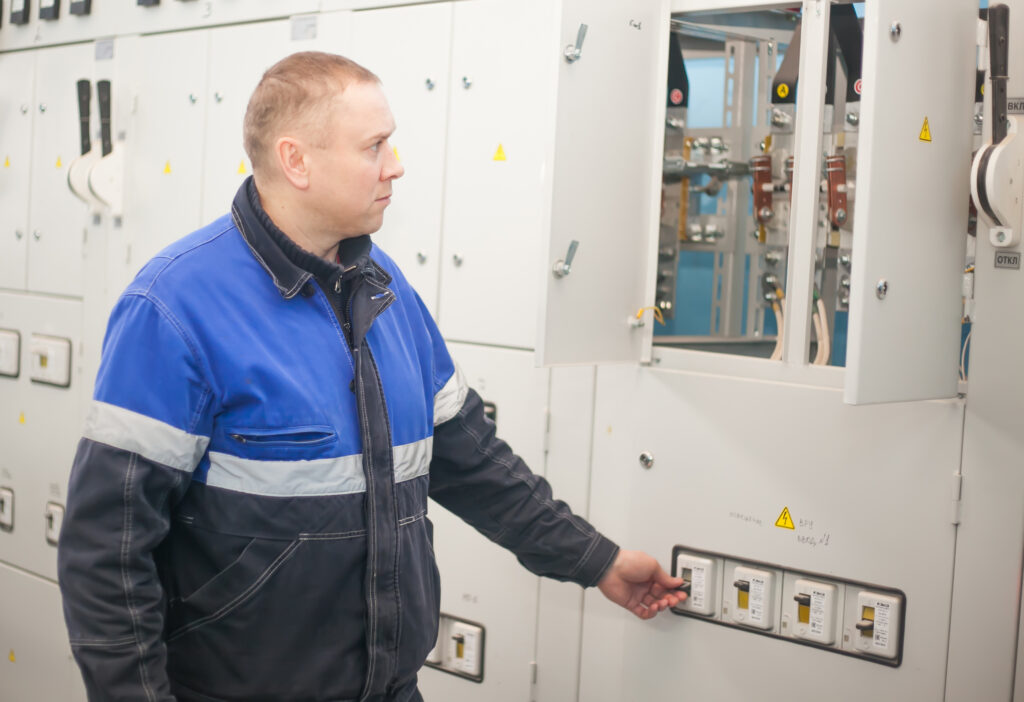 Electrician (c) Shutterstock
Electrician (c) Shutterstock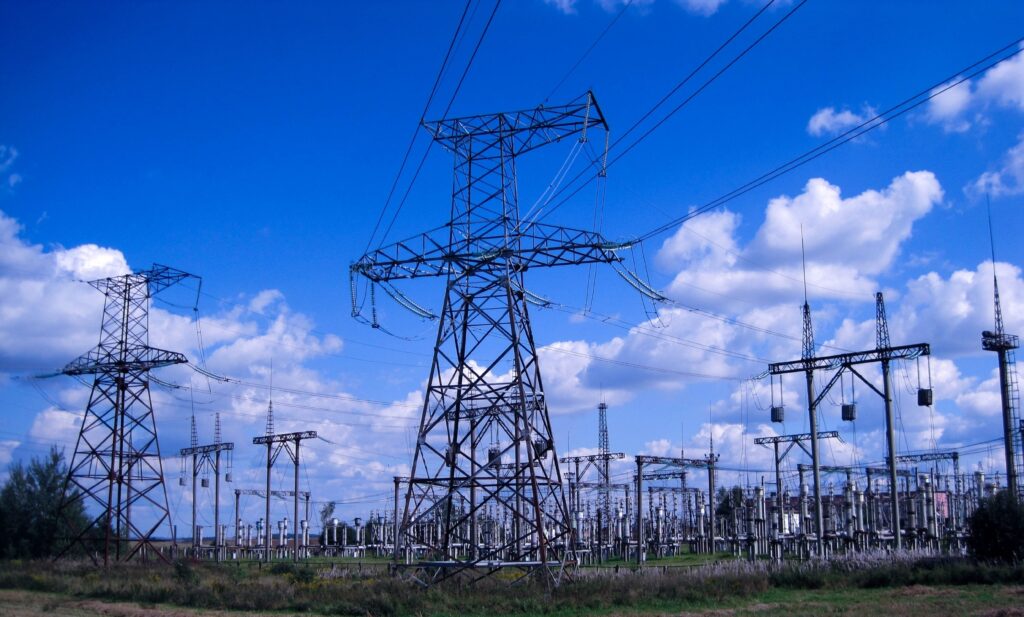 Power poles
Power poles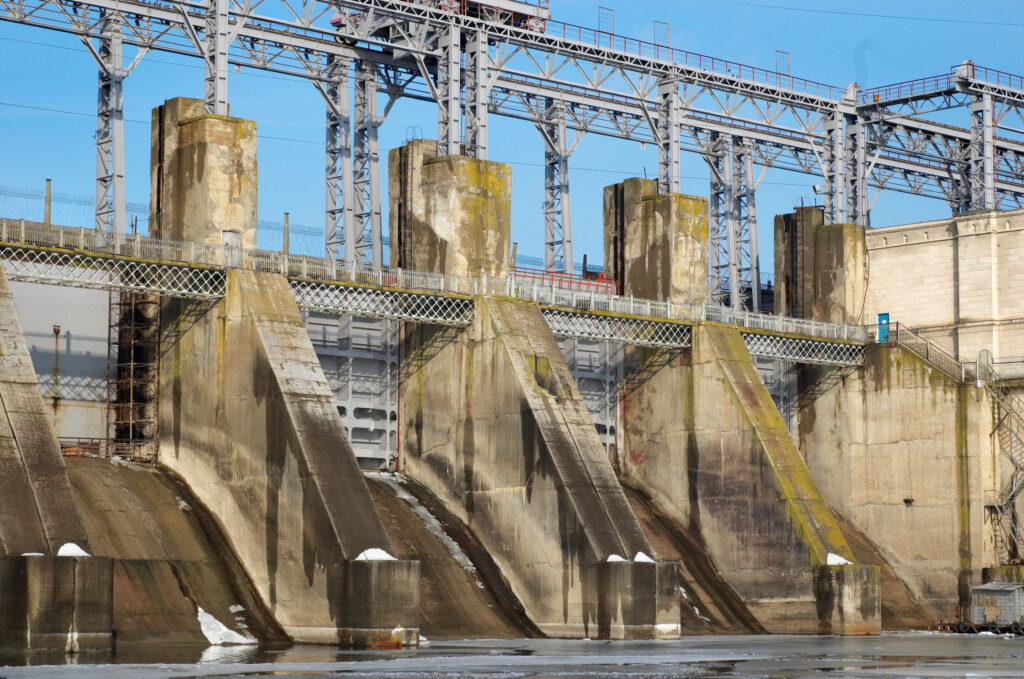 Novodnestrovsk Hydro Power Plant (c) Shutterstock
Novodnestrovsk Hydro Power Plant (c) Shutterstock
What difficulties are the countries having and how does the EU help them?
The experts believe that the main difficulty for Moldova and Ukraine is the integration of Cuciurgan Power Plant into the single market. According to Parlicov, there are four transformers on the territory of this hydroelectric power plant, through which the power systems of both countries are connected, and physical access to them can be difficult. In addition, he believes that Cuciurgan Power Plant will be able to lower its prices for electricity, since it produces it from gas obtained at contractual, non-market price. “And then, it will be difficult to compete with such a supplier,” the expert notes.
According to the Energy Community Secretariat experts, Ukraine also has issues that will not be easy to solve. It needs to abandon the subsidising of some categories of consumers by others, and to make the model for setting tariffs fairer. Another problem is the concentration of generating capacity, which also complicates the formation of competitive market rules.
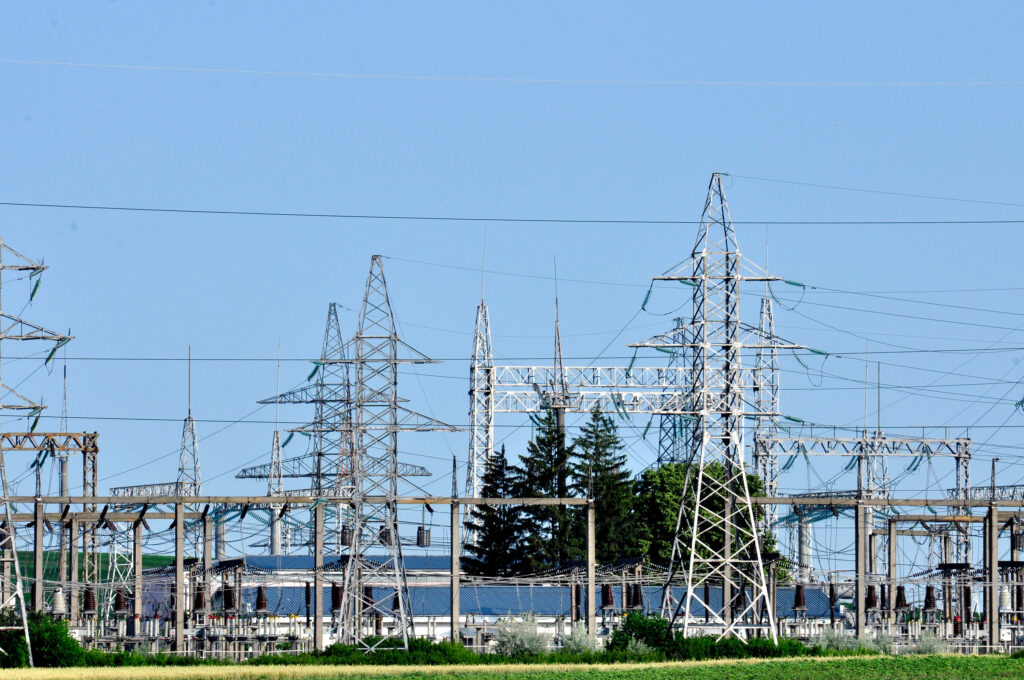 Power poles in Moldova
Power poles in Moldova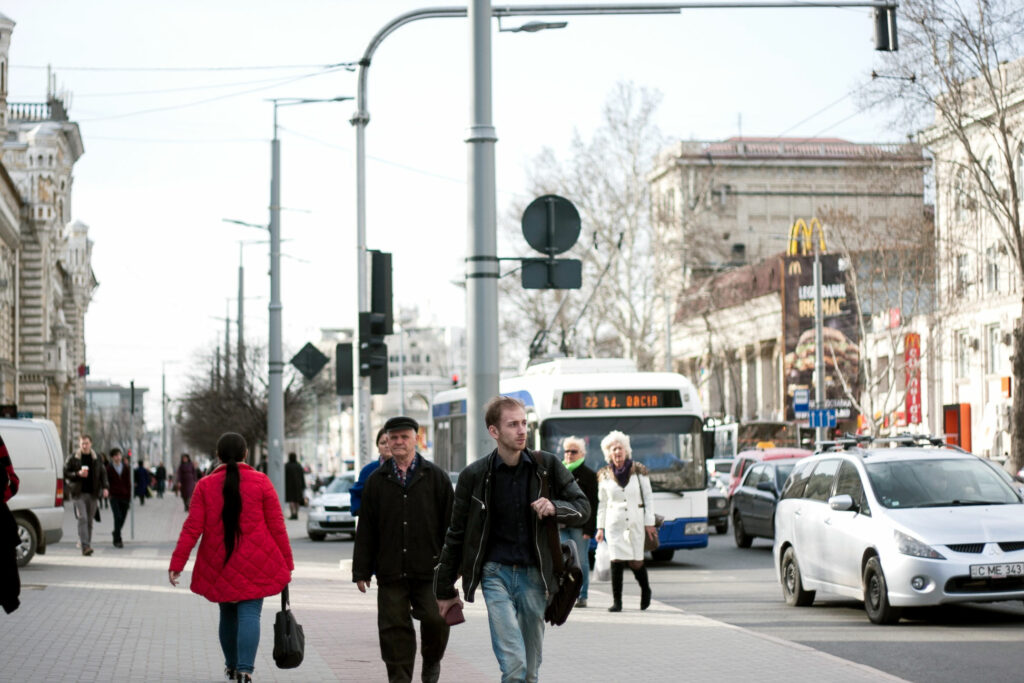 Chisinau, Moldova
Chisinau, Moldova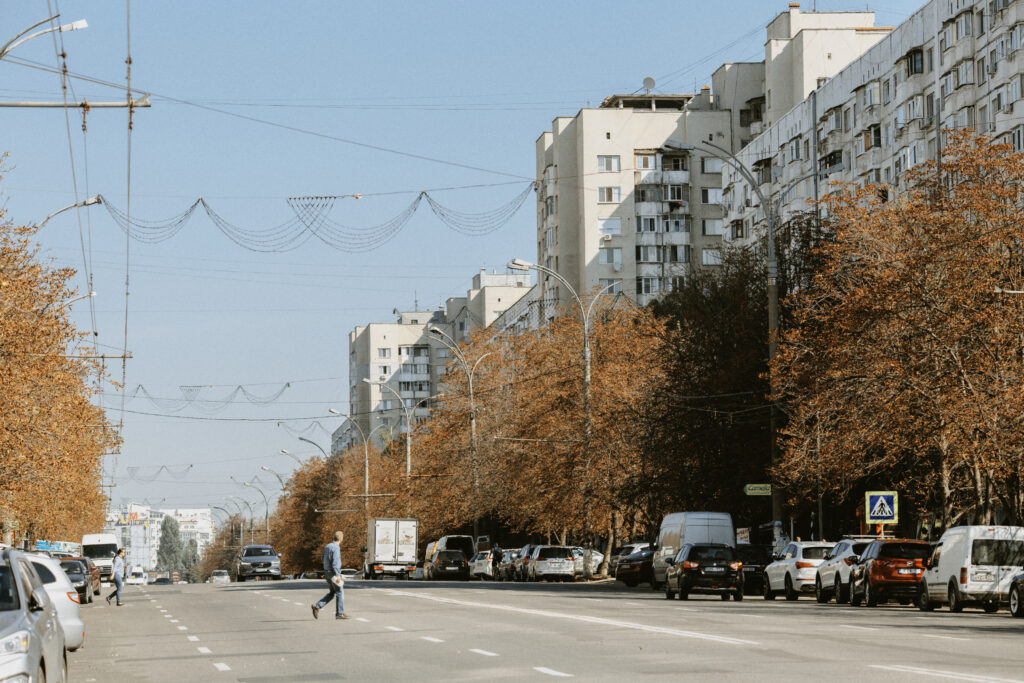 Chisinau, Moldova
Chisinau, Moldova
At the same time, Karpishina stresses that technological and political factors should not become an insurmountable obstacle to the further integration of the electricity market between the two countries in accordance with the EU energy acquis. “The markets’ integration is to take place irrespective of the technical synchronisation of the two networks. This will help both countries to fully exploit the benefits of cross-border electricity trade in the near future. Also, the Energy Community Secretariat, including through the EU4Energy programme, will continue to support the two countries in filling the gaps in legislation and organising professional discussions.”
Author: Olga Gnatkova
MOST READ
SEE ALSO
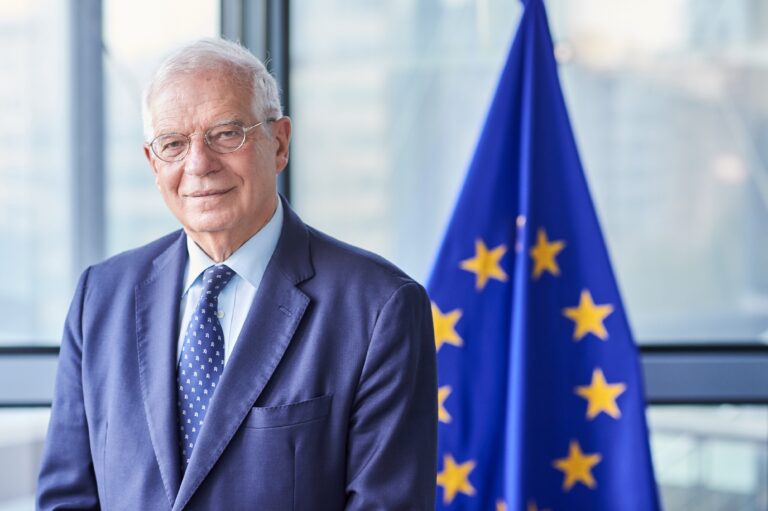
No, time is not on Russia‘s side

How to open an art business in Moldova: the experience of Alexandra Mihalaș

Be one step ahead of a hacker: check simple cybersecurity tips!
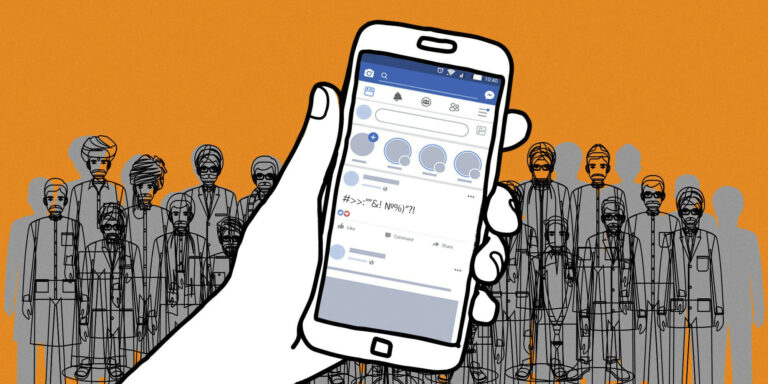
How to act and move on: strategies for women facing discrimination and online harassment

‘Learning is not a process but a journey’: the example of a school in Orhei
More campaign pages:
Interested in the latest news and opportunities?
This website is managed by the EU-funded Regional Communication Programme for the Eastern Neighbourhood ('EU NEIGHBOURS east’), which complements and supports the communication of the Delegations of the European Union in the Eastern partner countries, and works under the guidance of the European Commission’s Directorate-General for Neighbourhood Policy and Enlargement Negotiations, and the European External Action Service. EU NEIGHBOURS east is implemented by a GOPA PACE-led consortium. It is part of the larger Neighbourhood Communication Programme (2020-2024) for the EU's Eastern and Southern Neighbourhood, which also includes 'EU NEIGHBOURS south’ project that runs the EU Neighbours portal.

The information on this site is subject to a Disclaimer and Protection of personal data. © European Union,








